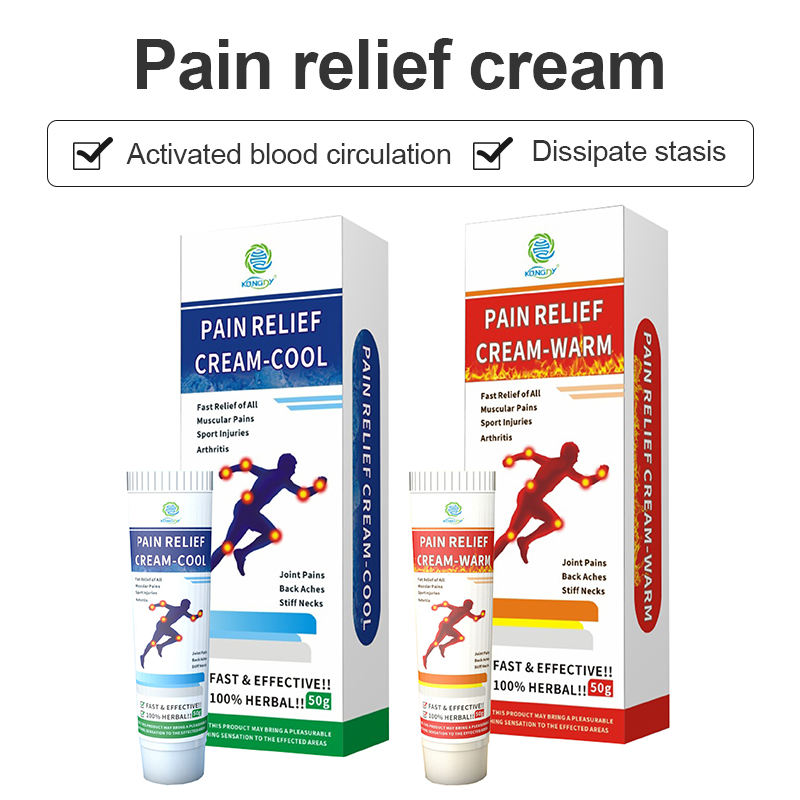From sore muscles after a tough workout to aching joints with arthritis, pain can arise in many forms. While oral medications are frequently used to provide pain relief, topical analgesic creams offer a different delivery method that can faster and directly target the pain down to the localized source. Pain Relief Creams block pain signals while reducing inflammation when massaged into the skin over the affected area. Here is a guide to properly using pain relief creams:
- Choose the Right Cream
With the huge variety of pain relief creams on the market, it can be difficult to select the right one for your particular needs. Here are some tips:
Opt for lidocaine or prilocaine creams if you have nerve related pain like sciatica, shingles, or surgery recovery. These anesthetic creams numb the area.
For swelling and inflammation caused by arthritis or injuries, look for NSAID ingredients like diclofenac, ibuprofen, or aspirin to reduce inflammation.
Counterirritant creams with menthol, camphor, and eucalyptus overwhelm nerves in the area with cold sensation to mute pain signals. They are ideal for back or neck strain.
If you want to increase circulation and ease muscle and joint aches, choose a capsaicin cream to provide a warming sensation and temporary relief.
Only use creams clearly labeled for pain relief. Avoid numbing creams not meant for pain like Aspercreme which just contain menthol. Read active ingredients.
- Apply the Cream Correctly
To get the most benefits from pain relief creams, follow these tips for proper application:
Always wash hands thoroughly before use. Do not touch the cream itself to avoid contaminating it.
Apply the cream in a thin layer directly on skin over the pain point. Do not rub it in completely.
For joint pain, gently massage the cream into the skin around the joint but not directly on it.
Cover a larger surface area beyond just the direct pain point to help diffuse pain signals.
Take care not to apply near eyes, nose, or mouth. Wash hands after application.
Let the area air dry for a few minutes before dressing to allow cream to fully absorb.
Follow all dosage recommendations on the packaging. Do not exceed. Call doctor if pain persists beyond 7 days.
For chronic conditions, apply cream 3-4 times per day as needed for relief.

- Monitor for Side Effects
While topical creams have less systemic absorption, you should still monitor for any side effects such as:
Skin rash, redness, itching or irritation – Discontinue use if this occurs.
Numbness lasting more than a few hours – This may indicate too frequent application.
Drowsiness or dizziness – Reduce dosage or frequency if these occur.
Upset stomach, heartburn, nausea – Symptoms of too much absorption into bloodstream
Dry mouth, ringing in ears, metallic taste – Notify doctor if these side effects develop.
By selecting an appropriate pain relief cream, using proper technique when applying, and monitoring for side effects, you can safely target stubborn pain right at the source for fast relief without resorting to oral medications and their additional side effects. If pain persists more than 7 days or increases, be sure to notify your doctor. With the right topical cream and proper use, you’ll be on your way to pain relief.






